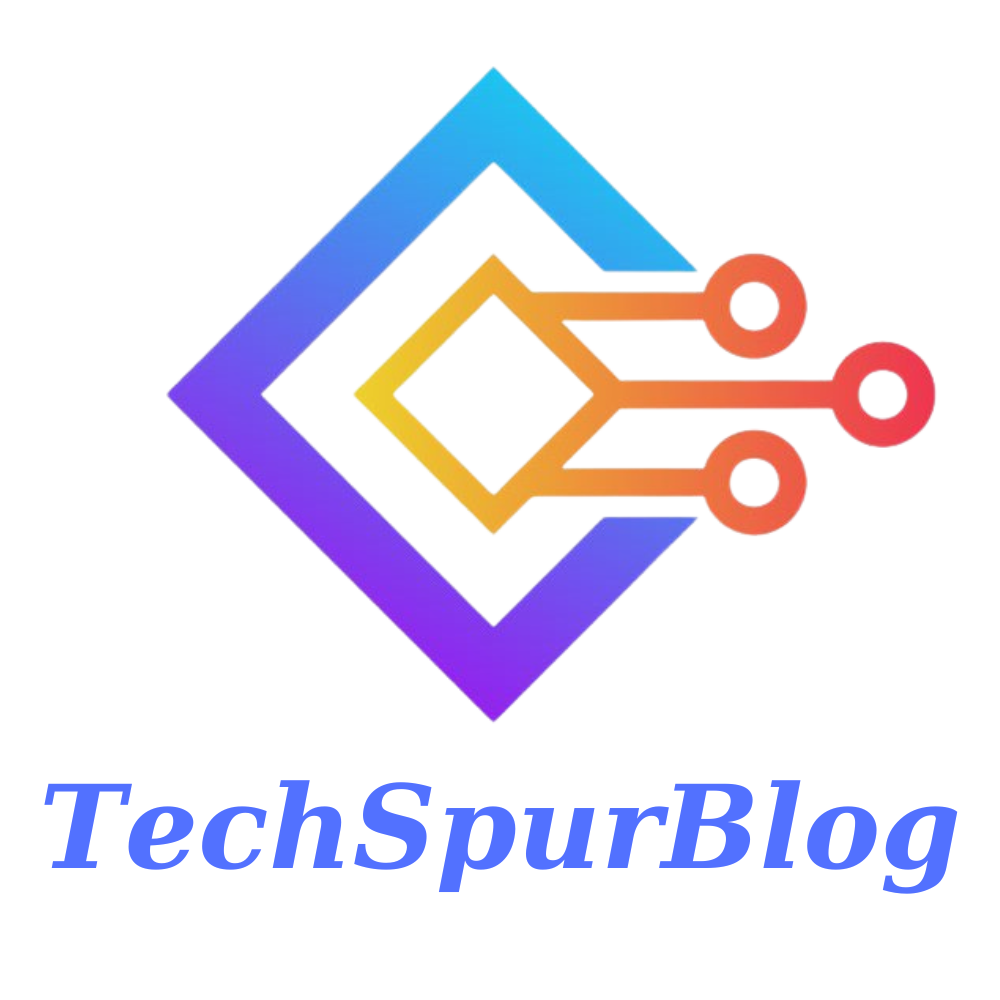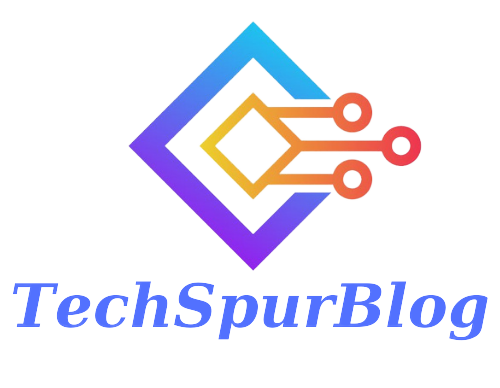Introduction
DevOps Automation refers to the inclusion of technology that executes tasks with less human assistance in order to create feedback loops between the development and operations teams. This allows iterative updates to be deployed to production applications more quickly.
Automation is a critical requirement for DevOps practices, and the fundamental principle of DevOps is to automate everything. Automation begins with the generation of code on the developer’s machine and continues until the code is pushed. After which the system and application are monitored in production.
The key highlight of DevOps practice is automating infrastructure configurations and setups as well as software deployment. DevOps practice is reliant on automation to deliver in a matter of hours and on a regular basis across platforms. DevOps Automation increases the number of deliveries, reliability, accuracy, consistency, and speed. Automation in DevOps encompasses everything from development to deployment and monitoring.
In this article, you will be able to read about everything you need to know about DevOps Automation.
What is DevOps?
DevOps refers to a platform design, culture, and automation approach that aims to increase business value and responsiveness by delivering high-quality services quickly. DevOps practices combine members of the operations and development teams into one DevOps team.
This expedites and streamlines the transition of projects and ideas from development to production. As compared to other manual or traditional management strategies, DevOps includes a more constant change of code and increased use of dynamic infrastructure.
Also Read: Top Trending Technologies You Should Learn in 2023
What is Automation?
Software developers need to have IT resources in order to deploy, test and create new services and applications on a regular basis. Manual or traditional IT operations can cause resource delays and make the service delivery pipeline more complicated. It can stymie concept performance, leading to slower development. IT teams have the power to give resources at a faster pace when supporting proofs of deployment, testing, development, and concept by combining API-centric design with automation.
About DevOps Automation
The road to DevOps automation is constantly changing. Before we get into the best DevOps automation tools, there are a few general guidelines to remember when deciding how and what to automate.
Select Open Standards
Your team and contributors can change but your tools don’t have to. You can make onboarding easy and save them on training by maintaining tools that adhere to common open standards. As deployments and DevOps move to the cloud, standards are driven by the community for storage, networking, configuration, runtime, and even packaging become even more important.
Make Use of Dynamic Variables
Keeping reusable codes as a priority will help you decrease duplication and rework now as well as in the future. The help of externally-defined variables being secured in specialized tools or scripts makes it easy to apply automation in various kinds of environments without changing the entire code altogether.
Use Adaptable Tooling that you can Take With You
It may not always be possible to search for a tool that can be used in every situation. However, DevOps tools provide you with the opportunity to switch technologies and reduce rework when/if organizations change course.
By selecting solutions with a diverse ecosystem and a number of integrations that work with any cloud, you will be able to define your own set of ideal practices and achieve your objectives without being constrained by using only one type of toolchain. You can use this list of data integration tools as the basis for your rolodex of tools you use on a daily basis.
DevOps Automation Tools
Large DevOps teams that continue to maintain substantial massive IT infrastructures can be divided into six categories, which are as follows:
Infrastructure Automation
AWS (Amazon Web Services): Since they are a cloud service, you do not need to be physically present in the data center. Instead, they can be easily scaled on demand and there is no upfront hardware cost as well. It can be set up automatically in order to provide more servers based on traffic.
Configuration Management
Chef: It is a useful DevOps tool for increasing consistency, scale, and speed. It can be used to automate complex assignments and maintain configurations. The DevOps team can use this tool to prevent making certain changes to as many servers as possible. However, instead, they must make changes in one location which are then automatically replicated on other servers.
Deployment Automation
Jenkins: It makes constant testing and integration easier. It aids in the efficient integration of project changes by quickly identifying problems as soon as the build is deployed.
Management of Performance
App Dynamic: It monitors performance in real-time. When problems arise, all the data and information are collected with the help of this tool. It even aids developers in debugging.
Management of Logs
Splunk: This tool of DevOps helps with problems related to analyzing, aggregating, and storing all logs in a particular place.
Monitoring
Nagios monitoring: It makes people alert when infrastructure or any related service goes down. This tool is used for the main purpose to assist the DevOps team in identifying and correcting problems that take place.
Also Read: Top Automation Testing Tools for Software Performance
Using DevOps Automation
Automation is a very important tool for completing DevOps work between various teams efficiently. Testing new tools with various processes or projects is an ideal place to begin using automation if you are new to DevOps, or if you have come from other sets of automation solutions. DevOps Automation will help you to lay the groundwork for standardizing and scaling automation across your entire organization.
It will even help you to understand how to measure progress and effectiveness towards your final objectives. Whether through internal teams or DevOps-as-a-service firms, this practice has been widely adopted through several industries, but wait, What is devops as a service? make sure to learn more on this option because it could be the right choice for your company…
Conclusion
Software is an essential component for any type of organization. Its use will only grow in the future as businesses across the globe embrace digitalization. It has created an environment of increased collaboration and open communication.
As a result, you will be able to respond better to the needs of consumers, achieve business goals more quickly, and increase confidence in the applications they build. Regardless of whatever tooling’s you decide to select to automate your workflow in DevOps, evaluating your teams’ information and workflows for your work will aid you in escorting your platform or tool selection. It will even help you plan and organize for a road up to success.

We are the founders of Techspurblog and we have been in this industry for over Four years. We pride ourselves on being the global leader in developing Technology Blog, which can create original content.
We are a team of enthusiastic people who want to share our experience, knowledge and enterprise with the world. We love what we do and we hope you will too!





